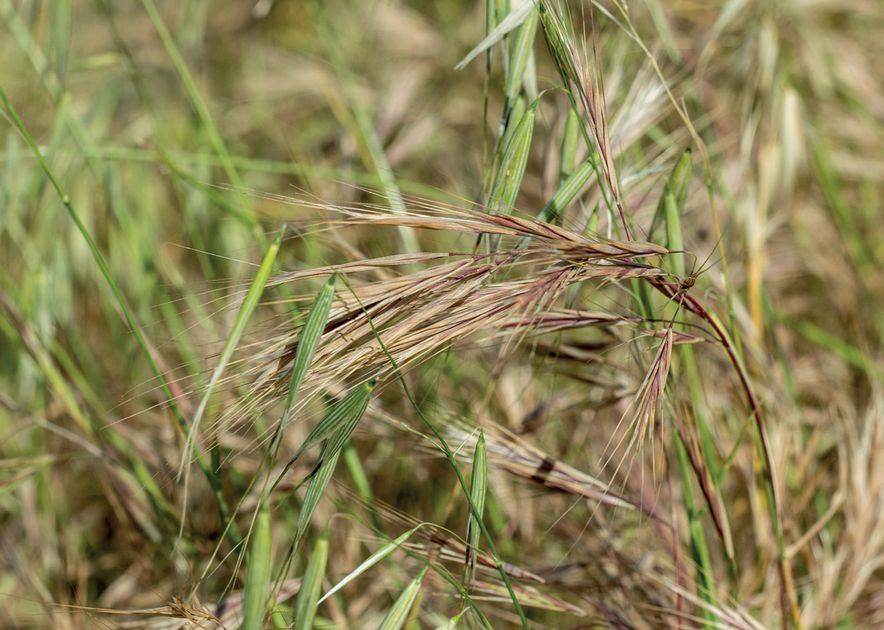The earliest beginnings of wild wheat have been traced back to the Fertile Crescent and the Neolithic era of 10,000–4500 BCE, where Triticeae grass was gathered by primitive hunters and used for food. Dame Kathleen Mary Kenyon led a team of archaeologists to Tell Es-Sultan, an excavation site of the ancient city of Jericho during the 1950s, where she unearthed storage jars of burnt grain, carbon-dated to that ancient era. Wild grasses of wheat, barley and other cereals were reputed to have been the ancient staples of the Levant, as they flourished in the temperate climate, and from the natural flowing water of the Jordan river. The early hunter-gatherers found that the seed heads of the wild grasses were brittle and shattered easily, and that only a few seeds clung to the glumes, making threshing and harvesting a difficult task and the reward of food slim. However, through agricultural advances over the centuries, the self-seeding wild grasses naturally established themselves, and became the cultivated wheat grain that is now the chief crop and predominant global food source.


